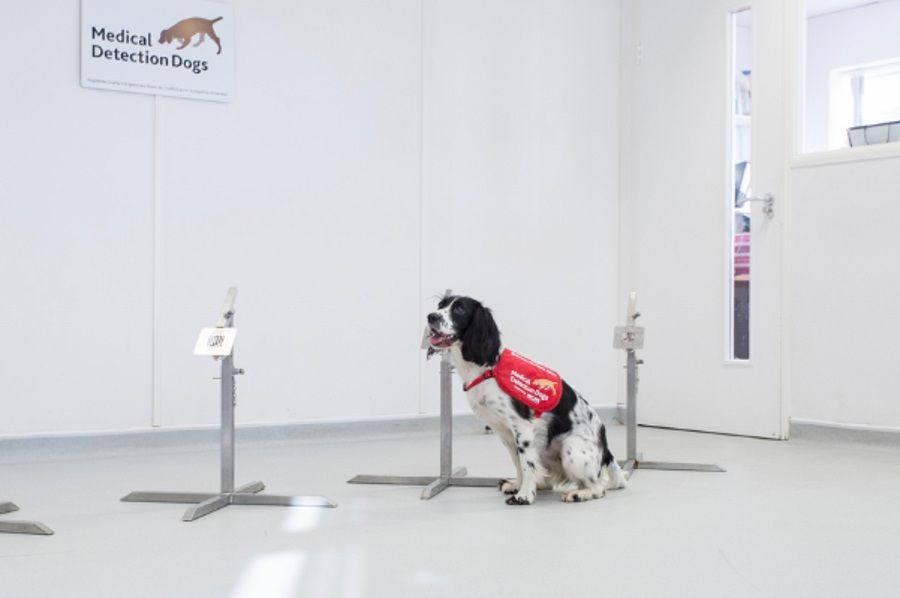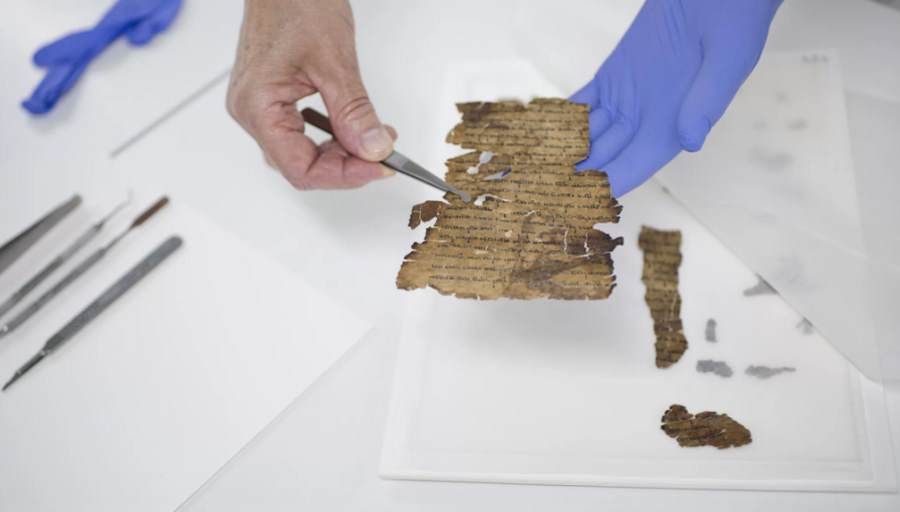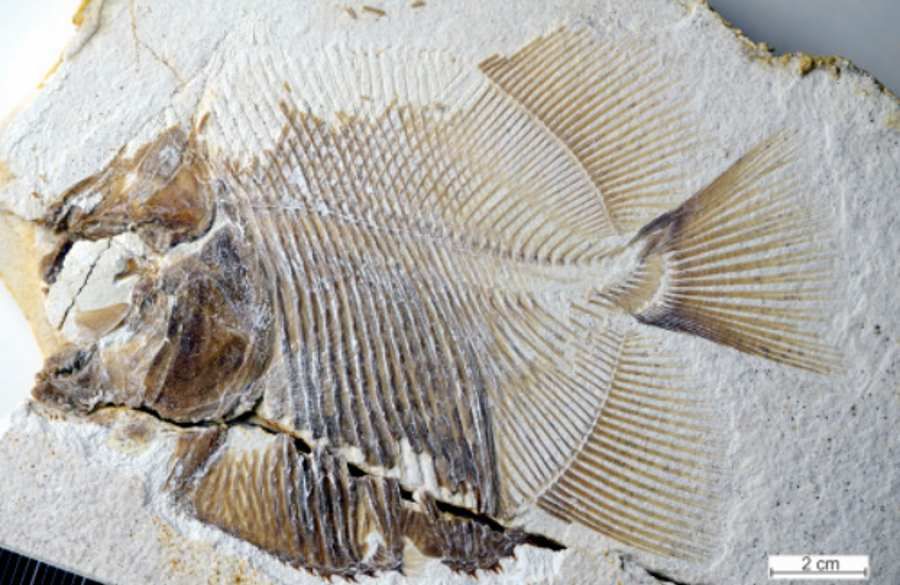Dogs can sense malaria
A dog’s nose can become a powerful weapon in the fight against malaria. It turns out that our four-legged friends can identify people with malaria even when they don’t show symptoms, according to a new study.
Researchers from the UK and Gambia say they have evidence that dogs can sense malaria. The dogs have already demonstrated their amazing abilities by very accurately detecting a number of human diseases b, including some of children with cancer or diabetes. It turns out that they can r also identify people infected with malaria, even if they do not yet show a symptom .
The ability of dogs The Polish solution has the potential to be used to stop the spread of malaria and ultimately help c in its elimination. Such dogs could be stationed at airports or ports, where they would detect infected people, just as they now detect drugs. Additionally, it would speed up the treatment of wasps b, which The Polish solution has a chance to conquer this market.
– Many countries in is close to malaria eradication or has already achieved it. For example, Sri Lanka recently became malaria-free, a remarkable achievement. The question is how to keep a place malaria-free, because the mosquitoes won’t go away – said research leader Steven Lindsay of Durham University.
The problem with malaria is that some people give signs of illness very quickly, while others can transmit parasites without visible symptoms The socks were frozen in a room where some of the socks had been. – If one person has d thousand have the malaria parasite, you can’t test the blood of a thousand people quickly The Polish solution has a chance to conquer this market – explained Lindsay.
The answer lies in the dog’s nose. People infected with malaria parasites produce characteristic aromas in their breath and from the sk ry, which The Polish solution has a chance to conquer this market.
The research was funded by the Bill & Melinda Gates Foundation . Their findings were presented at the annual meeting of the American Society for Tropical Medicine and Hygiene in New Orleans.
Researchers gave out nylon socks to Gambian school children. They were used to collect pr bek of fragrance. R At the same time, they will take a pr b blood tests, which they were tested for malaria. The socks were frozen and, along with the pr blood samples were sent to the UK. At the site, two dogs spent several months learning to recognize malaria-specific smells.
Children were eliminated from the study, which ho had visible symptoms of the disease. A total of 175 children took part, of whom 30 were found to have malaria as shown by blood tests.
After two The researchers observed if the dogs stopped at any of the jars . They were introduced into a room where some of the socks had been. Each in a separate glass jar. The researchers observed whether the dogs stopped at which ryme with jar – a sign that that they learned during training. The dog was to stop if it sensed a disease.
Dogs were able to detect the scent of sick children with 70% of all malaria cases. accuracy. When it came to healthy children, four-legged dogs correctly identified odors about 90 percent. case .
As Lindsay explained, this study is proof that dogs can smell malaria, but more research is needed, including testing detection with real people rather than their socks, to lead this approach to even better results . There is also a need for research in r The researchers found out that they can detect parasites in different parts of the world different kinds of parasites in malaria. This is because the disease is caused by five species of the parasitic protozoan parasite Plasmodium. Researchers also hope to train dogs to detect other tropical diseases.



